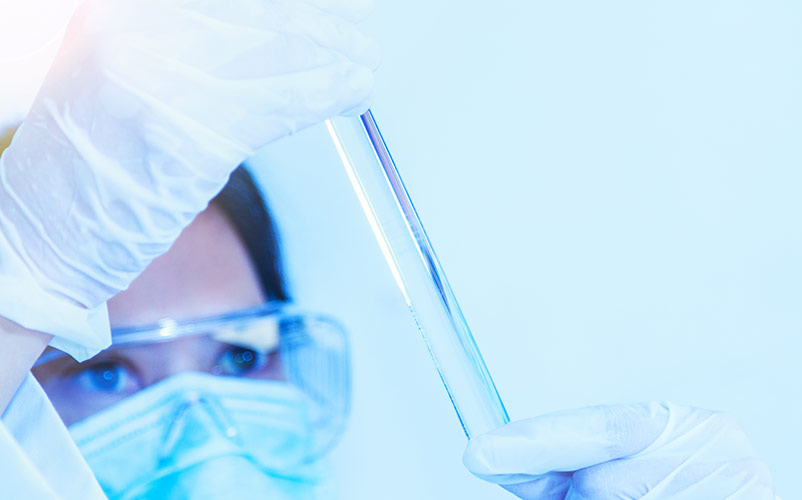Kits for the LAL test with the Turbidimetric Method
 The brand PYROSTAR has different kits to conduct the LAL test, that is, for the detection of bacterial endotoxins. Some of these kits are designed to be used with the turbidimetric methods of analysis. The analytical sign that can be measured and quantified through these kits is the turbidity formed in the solution.
The brand PYROSTAR has different kits to conduct the LAL test, that is, for the detection of bacterial endotoxins. Some of these kits are designed to be used with the turbidimetric methods of analysis. The analytical sign that can be measured and quantified through these kits is the turbidity formed in the solution.
When turbidimetry is applied as an analytical technique in the LAL tests, the transmittance of light that passes through a solution is measured, given that the transmittance is reduced proportionally to the quantity of endotoxins present. This method is based on the turbidity generated in the solution when the coagulant starts to be formed. The insoluble protein is responsible for the appearance of a gel in the tube where the test takes place. Having the patterns of the endotoxin, we can measure the turbidity through a spectrophotometrical method and this measurement allows us to quantify the amount of endotoxins. One of the advantages of this method results from the fact that the tests can reliably be conducted in a wide range of endotoxin concentrations, enabling us to generate calibration curves reaching up to 100 units of endotoxins per one millilitre of the solution.
The kits of the brand PYROSTAR to conduct the LAL test with turbidimetry are fast and they allow us to conduct the test in temperatures higher than usual. The Limulus ES-II Test and the PYROSTAR™ ES-F/Plate Reagent are an example of these kits which are intended to be used in research laboratories and not as a diagnostic method.
Moreover, PYROSTAR has developed a photometric instrument that works as a plate reader and is useful to measure the speed of change in the turbidity of the solution in the LAL test. This instrument is called Toxinometer® ET-6000. With this equipment, we can read plates when the PYROSTAR™ ES-F/Plate Kit is used. To conduct these tests, a calibration curve is made, which needs to cover between 10 units less and 10 units more of endotoxins than those estimated to be in the samples. Furthermore, to ensure sufficient quality in measurements, positive and negative controls are measured and all the samples are measured twice. After adding the PYROSTAR™ ES-F/Plate reagent to the samples, we collect data every 40 seconds, at 405 nm and 37ºC of temperature from all the wells of the microplate. With the microplate reader, we monitor the turbidity of the samples and we determine the time of appearance. Then, with the transmittance data, the software allows us to calculate the regression curve and determine the concentration of endotoxins. This already contains the Curdlan (β-1,3-glucan), the function of which is to eliminate the interference of this kind of compounds in the test. Another one of the reagents which are necessary to conduct these tests is the Control Standard Endotoxin, obtained from the strains of E.Coli UKT-B, which serves as a pattern for the control solutions and for getting the calibration curves. Once the reagent has been reconstituted, we can only store it at 2-10°C for a month.
VIEW ACCESSORIES OF THE BRAND PYROSTAR™
 |
 |
 |
| Solution tubes without endotoxins | Toximaster QC7 software package | Wako BioClean® plates |



